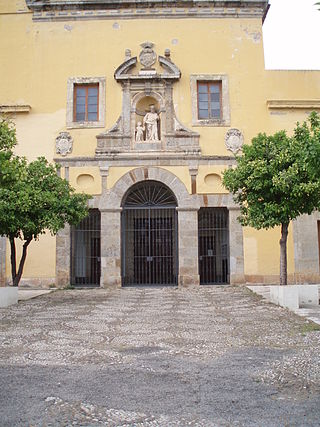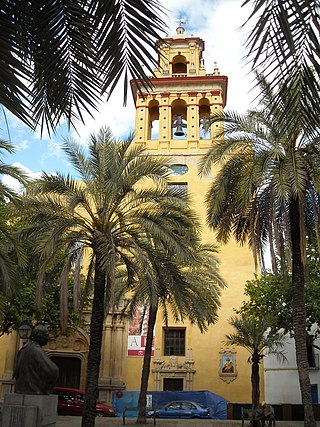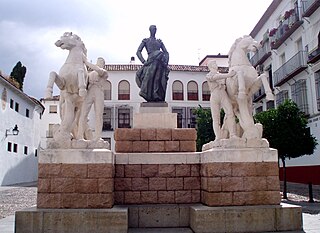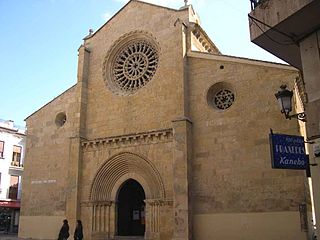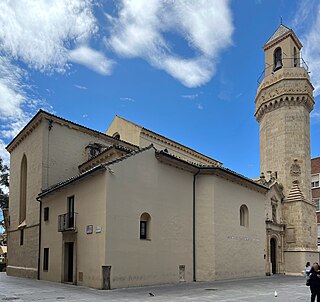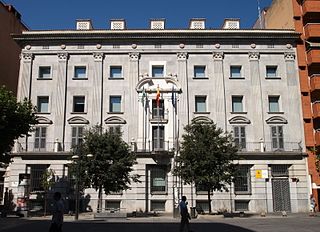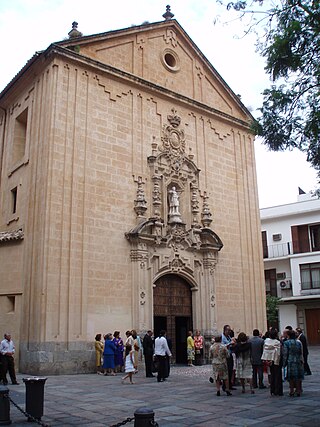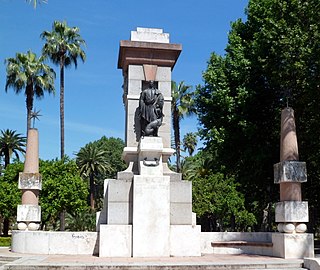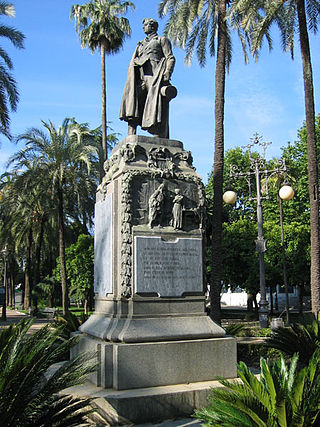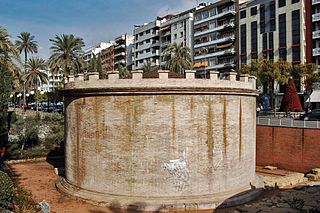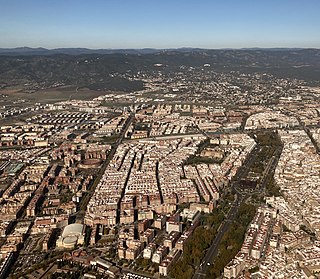Self-guided Sightseeing Tour #4 in Córdoba, Spain
Legend
Guided Free Walking Tours
Book free guided walking tours in Córdoba.
Guided Sightseeing Tours
Book guided sightseeing tours and activities in Córdoba.
Tour Facts
3.7 km
70 m
Experience Córdoba in Spain in a whole new way with our free self-guided sightseeing tour. This site not only offers you practical information and insider tips, but also a rich variety of activities and sights you shouldn't miss. Whether you love art and culture, want to explore historical sites or simply want to experience the vibrant atmosphere of a lively city - you'll find everything you need for your personal adventure here.
Activities in CórdobaIndividual Sights in CórdobaSight 1: Iglesia de San Cayetano
The church of San Cayetano, also called the church of San José, is a church in Córdoba (Spain) located on the slope of the same name, perpendicular to the Avenida de las Ollerías and parallel to the street Alonso el Sabio. On the side is the Carmelite convent and at the back the Virgen del Carmen School. On September 25, 2024, Don Demetrio Fernández González signed a decree recognizing the church as a Diocesan Marian Shrine of Our Lady of Carmen.
Sight 2: Iglesia Conventual de San Agustin
The Church of San Agustín is a church in Cordoba, Spain. Located in the Plaza de San Agustín, construction began in 1328, and there is evidence of the construction of the main chapel in 1335. The current appearance of the church is from the first third of the seventeenth century.
Sight 3: Monumento a Manolete
The monument to Manolete is a sculptural set dedicated to the bullfighter Manolete located in the Plaza del Conde de Priego in the city of Córdoba (Spain). This monument, the work of the sculptor Manuel Álvarez Laviada, was inaugurated on May 8, 1956.
Sight 4: Iglesia de San Miguel
San Miguel is a Roman Catholic church in Córdoba, Andalusia, southern Spain. It is one of the twelve churches built by order of King Ferdinand III of Castile in the city after its conquest in the early 13th century. It was declared a monument of national interest in 1931.
Sight 5: Iglesia de San Nicolás de la Villa
San Nicolás de la Villa is a church in Córdoba, Andalusia, southern Spain.
Sight 6: Edificio del Banco de España
The Bank of Spain building is located at number 7 Avenida del Gran Capitán in Cordoba. It was built between 1935 and 1939, being the work of the architect Secundino Zuazo Ugalde. This building was located on the site that years ago occupied the Ramírez Hall, as well as many other businesses that were established in it.
Sight 7: Colegiata de San Hipólito
The Royal Collegiate Church of Saint Hippolytus is a Catholic Church in Córdoba, (Spain) founded in 1343 at the initiative of King Alfonso XI of Castile. The church, which was later granted in perpetuity to the Society of Jesus, contains the tombs of King Ferdinand IV and his son Alfonso XI.
Sight 8: Monumento a Julio Romero de Torres
The monument to Julio Romero de Torres is a commemorative monument, dedicated to said painter, located in the gardens of agriculture of the city of Córdoba (Spain) and made in 1940. It was promoted by the City of Córdoba in tribute after the Death of the painter, taking care of the work to the Almeria sculptor Juan Cristóbal González Quesada who mainly used stone for the whole and bronze for sculpture.
Wikipedia: Monumento a Julio Romero de Torres (Córdoba) (ES)
Sight 9: Monumento al Duque de Rivas
The monument to the Duke of Rivas is a sculptural monument dedicated to the poet and playwright Ángel de Saavedra, located in the Victoria Gardens of Córdoba (Spain). The work of the famous sculptor Mariano Benlliure, it was built in 1929. It was said that this sculpture alone was enough to justify the fame of its author.
Sight 10: Mausoleos Romanos
The Roman mausoleum of Córdoba is an ancient structure in the Jardines de la Victoria, Córdoba, Andalusia, southern Spain. It is a funerary monument of cylinder-shaped that corresponded to a group of funerary monuments of the Republican era, built in the 1st century AD. It was discovered in 1993 during archaeological excavations.
Sight 11: Jardines de la Victoria
The Jardines de la Victoria are public gardens located in Cordoba, Spain. These gardens are located between two large avenues; the Paseo de la Victoria and República Argentina Avenue. It receives its name from the convent of Nuestra Señora de la Victoria, an old convent demolished in the nineteenth century.
Share
How likely are you to recommend us?
Disclaimer Please be aware of your surroundings and do not enter private property. We are not liable for any damages that occur during the tours.
GPX-Download For navigation apps and GPS devices you can download the tour as a GPX file.
